Best things to do in Barcelona
Located in the northeastern region of Spain, Barcelona is the second-largest city in Spain after Madrid and also the capital of the Catalonia region.
Ad | Contains affiliate links
When one thinks of Barcelona, the first thing that comes to mind is its unique architecture and you are right. But there is so much more to this fantastic city. It has got beautiful beaches, cultural attractions, a vibrant atmosphere, lively nightlife and dining scene and is bursting with amazing things to see and do.
Having recently returned from a holiday to Barcelona with Jet2holidays, we decided to put together this guide with the best things to do in the city. It has got a mix of tourist favourites and some unusual things to do. Take a look.
Be awestruck by the Sagrada Família
The Sagrada Família (Basílica i Temple Expiatori de la Sagrada Família) is an unfinished church designed by the Catalan architect Antoni Gaudí. It is a part of a UNESCO World Heritage Site and the most visited tourist attraction in Barcelona.
Before we talk about Sagrada Família, here is a short introduction to the architect - Antoni Gaudí. Gaudí, born in the province of Tarragona in Catalonia, is known for his unique and highly imaginative style of architecture. His work is mainly characterised by a highly individualistic, organic style that is often referred to as 'modernisme'. Taking inspiration from natural forms and shapes, most of his designs make excellent use of color, texture and have intricate detailing. No wonder his buildings remain some of the most popular tourist attractions in Spain.
Coming back to the Sagrada Família, the church is known for its unique and striking architecture, which combines Gothic and Art Nouveau styles with Gaudí's signature organic forms and intricate ornamentation. The construction of the church began in 1882 and has been a work in progress since then. It is expected that the work will be completed in 2026 which will mark the centenary of Gaudí's death.
Gaudí made use of a variety of materials in the construction of the church along with a combination of Gothic and Art Nouveau styles. The design features 18 towers, each representing a different figure from the Bible, and three grand facades (the Nativity façade, the Passion façade, and the Glory façade) each depicting a different chapter of Christ's life.
The interior of the church is just as stunning as the exterior, with soaring columns, intricate stained glass windows, and a stunning central nave. Light streams through the huge stained glass windows and creates a breathtaking effect, particularly when the sun is shining bright. It is a riot of colours.
There is so much detailing and so many focal points in the church that if you want to get the most of your visit then you must use the audio guide that is included in the visit. It is quite informative.
The Sagrada Família is the most popular tourist attraction in Spain, so purchasing the entrance ticket in advance is essential. You can book your Sagrada Família ticket here.
Take a modernista alternative tour at Casa Vicens
Casa Vicens is considered as Antoni Gaudí's first work in Barcelona - a historic building that today is a prime example of his distinctive architectural style (now known as Modernisme).
The building was commissioned by stockbroker Manel Vicens i Montaner who gave a young 31-year old Gaudí a complete free hand to make use of his talent. Gaudí used a variety of architectural inspirations, including Gothic, Islamic, and even Japanese forms, to construct a distinctive and extremely decorative building.
While the interior of Villa Vicens showcases colourful stained glass windows, mosaics, and elaborate wood carvings, the outside is remarkable for its intricate brickwork, ceramic tiles, and wrought iron elements.
Each room in the house is a testimony to Gaudí's architectural marvel. The use of different architectural elements, vibrant colours that connect the inside of a room with the outside and design elements that were inspired by nature, make this one of Gaudí's best works and one of the first masterpieces of Modernism. From the fan palm inspired cast-iron grille to the papier-mache pieces covering the walls of the smoking room to the trompel-l'oeil on the ceiling of the covered porch, everything is a testament to Gaudi's innovative and visionary approach to architecture. No wonder, the building was declared a World Heritage Site by UNESCO in 2005.
After serving as a private residence for many years, Casa Vicens was opened to the public as a museum in 2017.
We had a wonderful time at Casa Vicens discovering all the different techniques that Gaudí used in his first residential project. Simply beautiful and one of the must-sees in Barcelona.
Marvel at the beauty of Palau de la Música Catalana
Located in the Sant Pere district of Barcelona is a stunning concert hall known as the Palau de la Música Catalana. Designed in the Catalan modernista style (sometime between 1905 and 1908) by the architect Lluís Domènech i Montaner, this concert hall is a UNESCO World Heritage Site and represents an essential landmark in the cultural and social life of Catalonia.
The building is known for its intricate decorative elements, including stained glass windows, colorful mosaics and sculptures, which blend Gothic, Renaissance, and Art Nouveau styles. You can explore this spectacular building from the inside either by attending a concert at the hall or by joining a self-guided audio tour (which is available at select times of the day).
What stunning interiors this concert hall has got! You have to see it to be amazed by its beauty. The Concert Auditorium is unique and the most striking part of the building. A beautiful inverted stained glass dome dominates the main auditorium. It is said to portray the sun and enables abundant natural light to enter the area, enhancing the musical experience visually.
Another beautiful part of the concert hall is the Lluís Millet Room where guests can meet during intermissions. The hall has beautiful stained glass windows and on the other side is a balcony that features 14 columns that are decorated with colourful mosaics and ceramic.
Visit Casa Batlló, the house with the dragon's back
'The House of the Dragon', 'The House of Bones', 'The House of Masks', these are all names by which Casa Batlló is often referred to.
Designed by Gaudí, this building on Passeig de Gràcia takes inspiration from shapes and colours found in the marine world and is considered as one of his masterpieces.
When you look at the building from the outside, you can see why it is called by the different names mentioned above. The facade has a skeleton-like structure giving it the name 'The House of Bones' while the arched roof with its colourful ceramic tiles resembling a dragon's back gives it the name 'The House of the Dragon'. The cast iron railings in the balconies of the building resemble a Venetian mask and hence the name 'The House of Masks'. In fact, I would say that the design is such that the unusual shapes are open to all types of interpretations depending on what you see it as.
The building is stunning and I loved it; both the external facade and its interiors. With the audio guide, you can learn about each floor as you explore the house. The use of curves, the colours, the natural light, and functionality; all come together beautifully in the interior design. The aesthetics are Gaudí's trademark and are very beautiful.
Visitors can enjoy a stunning immersive piece called 'In the head of Gaudí' at the conclusion of the guided tour. Work of new media artist Refik Anadol, this is a 360º experience that takes visitors into Gaudí’s mind!
A UNESCO World Heritage Site and a landmark in Barcelona, Casa Batlló is a must-see for anyone interested in learning more about Gaudí and the Modernisme style of architecture.
Enjoy breathtaking city views from Gaudí's Park Güell
In Barcelona's Gràcia neighbourhood is the popular Park Güell, one of the largest green spaces in the city. Built between 1900 and 1914, it was supposed to be a housing complex for affluent inhabitants of Barcelona. But due to lack of interest, the project was shelved after only two homes were constructed. Yet, it remains one of Gaudí's architectural masterpieces.
The park covers an area of 17.18 hectares and became a public park only in 1926 since when it has been open to the public. In 1984, the park became a UNESCO World Heritage Site for its architectural and artistic uniqueness.
You can see many of Gaudí's signature elements like colorful mosaics, curved lines and organic shapes all through the park. Each architectural element is in perfect harmony with the natural landscape around it and is a great example of biomorphic architecture.
Because it is built atop a hill, the park (especially the large terrace area known as the 'Greek Theatre') offers spectacular views of the city.
Other key areas/features of the park include two colourful pavilions at the entrance, the famous Dragon Stairway, Nature Square and the Hipostila room, Carob's viaduct and the Planter's viaduct .
Of the 2 show houses that were built on the site, Gaudí purchased one and lived in it with his family from 1906 to 1926. Today, the house is a museum - the Casa Museu Gaudí (Gaudí House Museum) and showcases a large collection of furniture designed by Gaudí.
One of the finest examples of Catalan Modernism, Park Güell remains a must-see attraction for anybody travelling to Barcelona. And because it is such a popular attraction, it is recommended to book Park Güell tickets in advance.
Sample local cuisine on a food tour
Other than visiting the most famous tourist attractions in a city, another great way to experience the culture of a city is going on a food tour where one can taste some of the best dishes the local cuisine has to offer.
Food tours have been gaining a lot of popularity among tourists in the last decade or so and it is a great way to get off the regular touristy path and visit places that locals love while taking your taste buds on a gastronomical experience.
Barcelona, like any other big city offers a number of different food tours which allows you to sample Spanish delicacies like Paella, Gazpacho, Tortilla Española, Patatas bravas, Pisto, Turrón, Churros con Chocolate, Jamon Iberico and more.
Most food tours in Barcelona are 2-4 hours duration, and will take you on a guided walking tour of some of the best neighbourhoods in the city with visits to eateries that locals frequent. Not only will you discover places that you wouldn't find by yourself, you will also enjoy local food & drinks while learning about the history of the area from your guide.
A food tour is one of our favorite ways to experience a new country; getting acquainted with the local cuisine and learning about the history & culture of the region by interacting with the locals. Do give it a try if you are heading to Barcelona.
Watch a Flamenco show
If you are a lover of music/dance or want to get a closer understanding of Spanish culture, then you must see a Flamenco show while in Barcelona.
Flamenco is a traditional art form that originated in the southern region of Andalusia and represents aspects of Spain's culture and history. It is a unique style of dance, music and singing that incorporates elements of Arab, Jewish, and Gypsy cultures.
There are 3 key elements in Flamenco: the song (cante), the dance (baile) and the music (toque). Flamenco music is typically performed by a group of musicians playing guitar, percussion and other instruments. The Flamenco dance is characterized by intricate footwork, hand gestures, and body movements that are synchronized with the rhythm of the fast paced music. Mostly the dancers wear brightly coloured costumes with long, flowing skirts that accentuate their movements especially when they spin and twirl. The Flamenco singing is typically performed by a solo vocalist, who is accompanied by some/all of the musicians.
When the music, the singing and the dance combine, it creates a very emotive and powerful art form. A must-watch.
Flamenco shows can be seen at many different venues in Barcelona at different time schedules. We picked an evening show at the City Hall as it was just next door to our hotel at the Plaça Catalunya. So it was very convenient to hop in after a day of sightseeing. You can check out some of the Flamenco show venues in Barcelona here.
Visit La Boqueria Market for a sensory delight
We love visiting local markets on our travels. The reasons are many including the opportunity to immerse oneself in the local culture and way of life, to check out locally grown or made goods that you might not find in the supermarkets, to try out local cuisine and to pick up unique Spanish souvenirs (edible & non-edible).
La Boqueria is a very popular food market located in the heart of Barcelona along the La Rambla. Also known as Mercat de San Josep as it was built on a former monastery, the busy and vibrant market dates back to the 13th century when the market consisted of temporary stalls set up by farmers from the nearby villages.
The market saw several remodelling works being done over the decades and today with over 300 stalls, it is the most popular and one of the most visited markets in Barcelona where not only tourists but locals as well come.
Whether you are looking for top-quality, fresh fruit, rainbow-coloured sweet treats, refreshing fruit juices, the best local cheeses or the finest Spanish Jamón, you will find it all at La Boqueria. In addition to edible products, you will also find things like cookbooks, souvenirs like mugs, aprons etc.
Interspersed between the fresh produce shops are small tapas bars and cafes where you can sample local delicacies.
At times the market can get very busy and crowded and feel more like a tourist attraction than a market, but it is still worth a visit. It is a feast for the senses with its colourful stalls designed to ignite the sense of taste, smell, touch, sight and sound.
If you do plan to visit, make note that the market is not open on Sundays and bank holidays. It is open only from Monday to Saturday from 8am to 8:30pm.
Enjoy a Sailing and Winery tour
There are a number of sailing tours departing from Port Olimpic but one that we recommend is the Sailing and Winery tour in Barcelona which also includes E-biking.
We did this half-day tour and it was one of the best experiences ever. The tour began at Port Olimpic where our tour guide and the e-bikes were waiting for us. After a quick briefing on the route and the operation of the e-bikes, we started our ride. It was a lovely 1.5 hours ride along the Catalan coast to a family-run winery near the village of Alella.
Called Bouquet d'Alella, the small winery produces some amazing wine. After a guided tour of the vineyards and the winery, we sampled some of the winery's best wines along with some snacks (fresh local bread, tomatoes, cheese, olives and some cold cuts).
Once finished, it was time for a quick 10-minute bike ride to a harbour near Alella where a yacht was waiting to take us back to Barcelona.
The yacht was big enough to accommodate 8 people. During the sailing experience the captain treated us to some more drinks (Cava, Sangria, beer ec.) and snacks. It was a leisurely sail along the coast with some fun banter with the captain.
Around 6 hours after our departure from Port Olimpic, we were back at the port in Barcelona. All in all it was a fantastic experience and we would recommend this tour if you are an adventure and wine lover.
Explore La Rambla, the city’s most famous street
La Rambla is a large boulevard that runs for about 1.2 kilometres from Plaça de Catalunya to the Columbus Monument in Port Vell. It is a well-known landmark in the city and is always bustling with activity with street performers, artists and small vendors selling their ware. The street is lined with an array of shops and small cafes and restaurants and can be very crowded at times; so take care of your belongings.
If you are visiting Barcelona, a walk down this street is recommended as in addition to the live performances (by street artists), the street also has a number of attractions along the route.
As you walk down the street, keep an eye out for the late 19th century Canaletes Fountain, Miro’s Mosaic, Gran Teatre del Liceu (one of Europe's most well-known opera houses), the La Boqueria Market, the beautifully decorated Plaça Reial, Palau de la Virreina, Museu De L’Erotica Barcelona and much more.
Explore the Gothic Quarter on foot
One of Barcelona's most popular and historic neighbourhoods is the Gothic Quarter (Barri Gòtic in Catalan). Located in the city's historic core, the Gothic Quarter is known for its winding mediaeval alleyways, Gothic-style buildings, quaint plazas and numerous historical landmarks. The mediaeval Jewish quarter is also situated within this neighbourhood.
Some of the most popular attractions in the Gothic Quarter include the Barcelona Cathedral (pictured below), the Plaça Reial (a beautiful square filled with restaurants, bars and street performers), Plaça del Pi, Santa Maria del Pi (15th-century Gothic church), the Palau Reial Major (complex of historic buildings), Barcelona City Hall, Baslica de la Mercè (a baroque-style basilica) and Plaça de Sant Felip Neri.
The area is dotted with small bars and cafes, traditional markets, trendy independent boutiques and more. You can spend hours wandering through these medieval streets and not get bored. We loved this neighbourhood; it has a mix of everything - culture, history, dining, shopping, nightlife and a very vibrant atmosphere.
Get a bird's-eye view of Barcelona from the top of Columbus Monument
While we knew that there was a monument of Christopher Columbus at the southernmost end of the La Rambla, what we did not know was that there is a lift inside the monument that takes you to a viewpoint at the top.
The lift takes you up to the top to a viewing deck just below the statue and offers 360-Degree views of the surrounding areas including La Rambla, the post and Montjuïc.
Check out the unusual Kiss of Death statue at the Poblenou Cemetery
For those who have an interest in art and architecture, a visit to Poblenou Cemetery is recommended. Operated by the city government and open to the public for visiting, Poblenou Cemetery (Cementiri de Poblenou) is known for its use of neoclassical architecture and ornate mausoleums, the most popular one being the Kiss of Death (El petó de la mort in Catalan and El beso de la muerte in Spanish). This sculpture is the creation of artist Jaume Barba and depicts a winged skeleton embracing a dying person while planting a kiss on their face. A truly iconic sculpture that represents the inevitability of death.
The cemetery is the final resting place of many prominent figures from Barcelona's history, including politicians and artists like the Catalan architect Lluís Domènech i Montaner, the writer Josep Maria de Sagarra, and the painter Joaquín Mir.
Some may say, why visit a cemetery on your travels. There are so many other things to see and do in Barcelona. But I feel that a city's architectural style (whether it is popular buildings or a cemetery) can be a great pointer to the prevalent artistic and cultural trends of a particular era. Poblenou Cemetery's architecture along with its peaceful and contemplative environment makes it worth a visit. Just be mindful of any locals who might be visiting a loved one's grave and tread carefully and keep noise to the minimum.
Journey through a world of chocolate sculptures at Museu de la Xocolata
Did you know that Barcelona has a small museum dedicated to everything chocolate?
Opened in 2000, Museu de la Xocolata (Museum of Chocolate) is a small, private museum owned and promoted by the Gremio de Pastelería de Barcelona (Barcelona Confectionery Guild). The museum is housed in the former Sant Agustí monastery and takes visitors on a journey through the history of chocolate, from its introduction to Europe to its spread across the continent, its health benefits and nutritional worth and more.
The museum's collection includes a number of displays made of chocolate like the Spanish bull, the Smurfs, Bambi (the deer), Tintin, a replica of Sagrada Familia and several other iconic buildings of Barcelona.
In addition to the chocolate displays, visitors can also see chocolate-making machinery and at times, staff working away at making delicious chocolate treats. Guided tours are also offered where visitors get to know about the fascinating story behind chocolate, the evolution of chocolate, the entire manufacturing process as well as Barcelona’s role in chocolate history. There are 'Tasting Tours' available as well where participants get to try different chocolates and then the wine/cava it is paired with along with an informative talk by the guide.
It is a fun little museum and makes for a good visit especially if you have some free time to fill in your itinerary. There is a gift shop as well where you can pick up some delicious chocolates.
Discover the fascinating 'quarry' house of Gaudí - Casa Milà
Another stunning work by Gaudi!
While the facade may not be as stunning as the Casa Batlló, this building popularly known as La Pedrera (the stone quarry) because of its unconventional rough-hewn exterior remains one of Gaudí's most celebrated works.
The building was constructed sometime between 1906 and 1912 for the Mila family and at that time it was a very unusual and controversial design with its undulating stone facade and twisting wrought iron balconies (designed by Josep Maria Jujol). The locals did not like the design and nicknamed it as 'the stone quarry'. However, today Casa Milà is a great example of modernist architecture and a visit is recommended to see and admire Gaudí's unique design inspired by nature and organic forms.
The interiors are beauilful but the most notable part of the building is its roof featuring an array of unusual chimneys and ventilation shafts, as well as a series of arched skylights that allow natural light to flood the interior spaces.
We found the audio guide quite useful and informative as it shared insights about the spaces when they were inhabited. When we visited, the place wasn't very busy so we got the chance to explore each room in a leisurely manner. A lovely experience overall.
I hope you enjoyed reading this list of things to do in Barcelona and hopefully you found it useful.
For more information on Barcelona, getting around in the city, seasonal cultural events, shopping venues and more, check out www.visitbarcelona.com
Before you head off on your holiday to Barcelona, make sure you have a local SIM for your mobile phone. Staying connected while travelling is important be it to share your travel photos, to hire a car, to contact your hotel or simply to use Google Maps while on walking tours around the city.
And if you have visited Barcelona, do let us know what you liked the most about the city, via the comment box below.

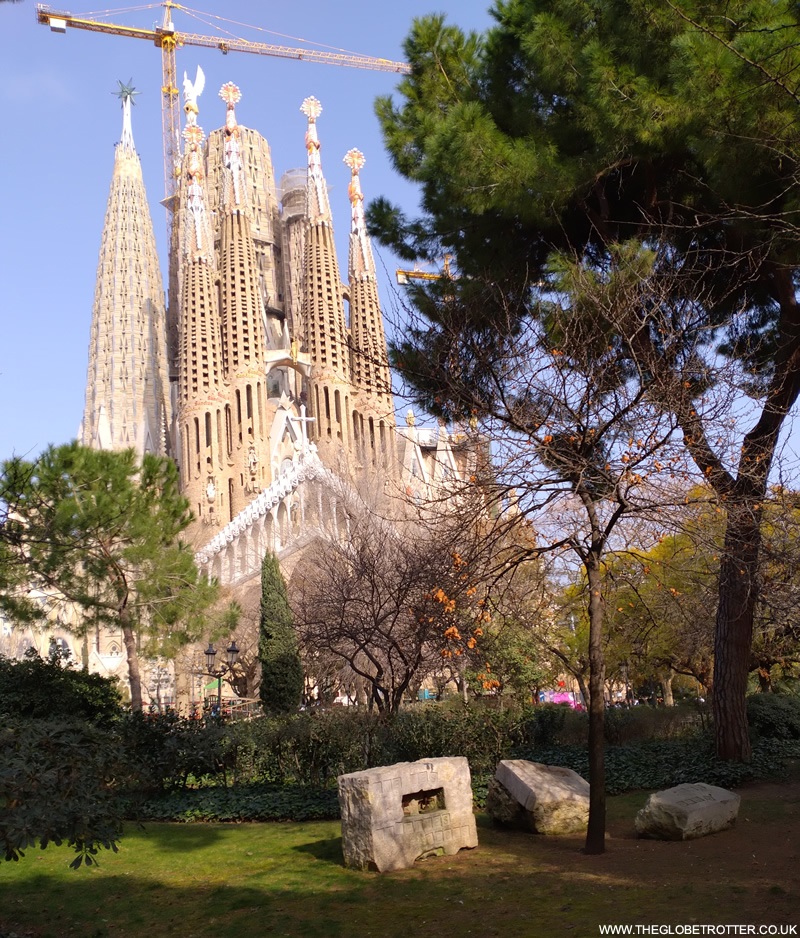
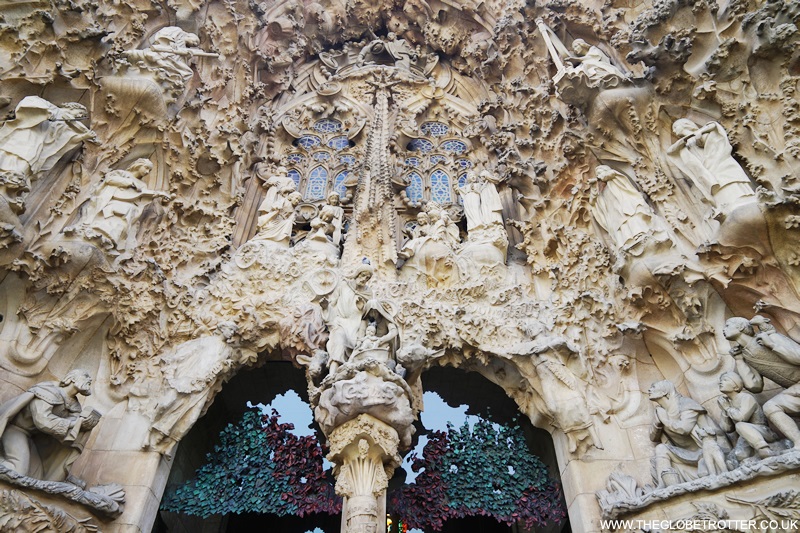
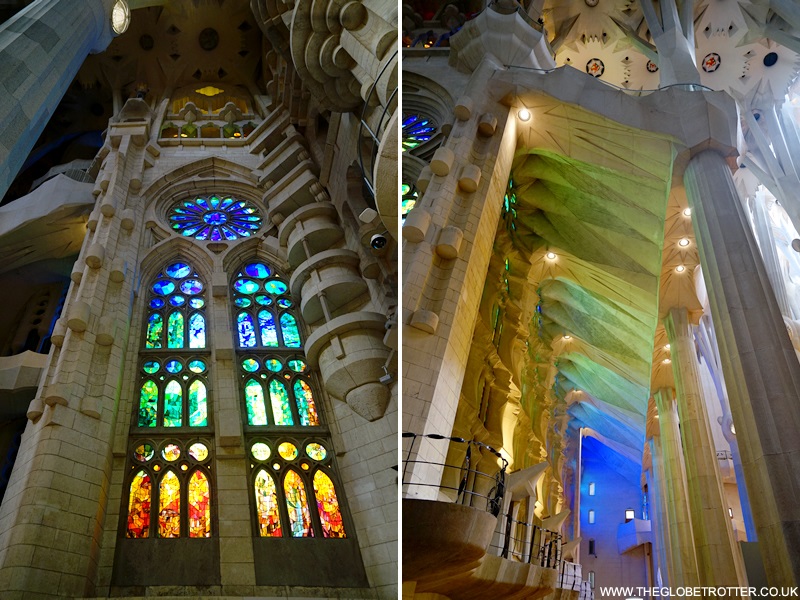
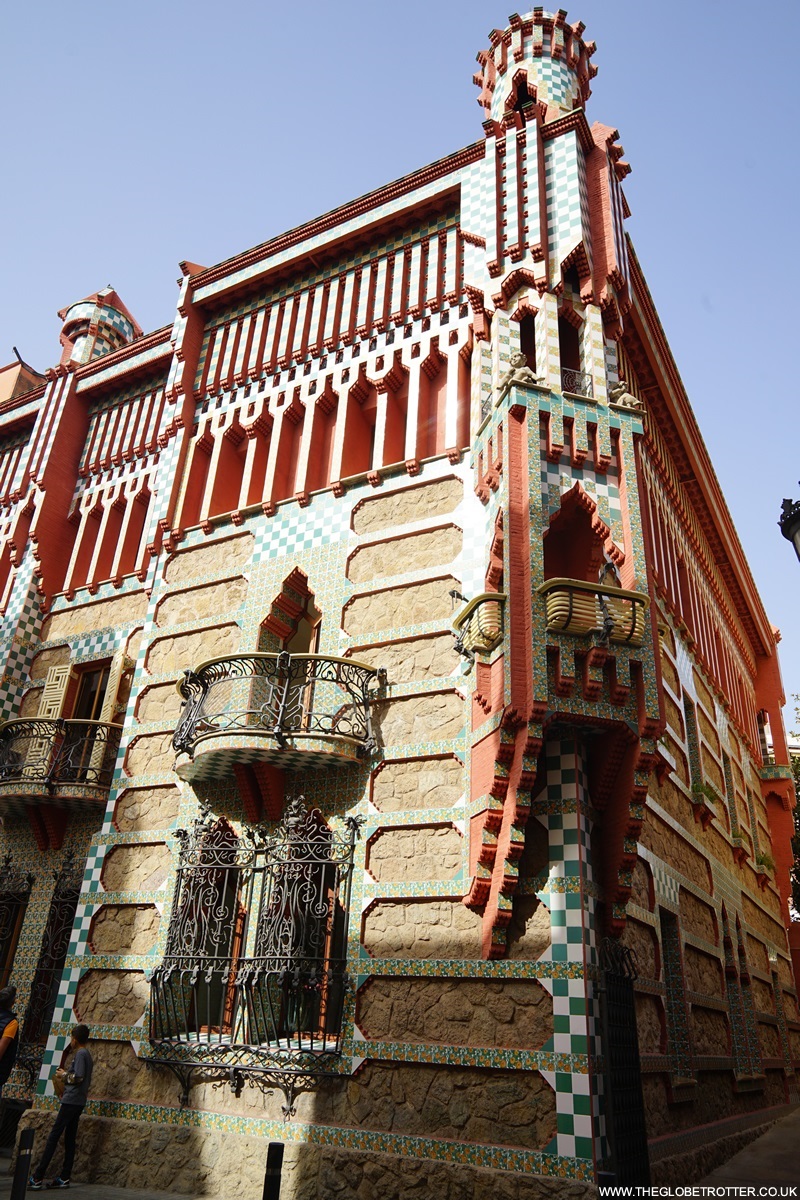
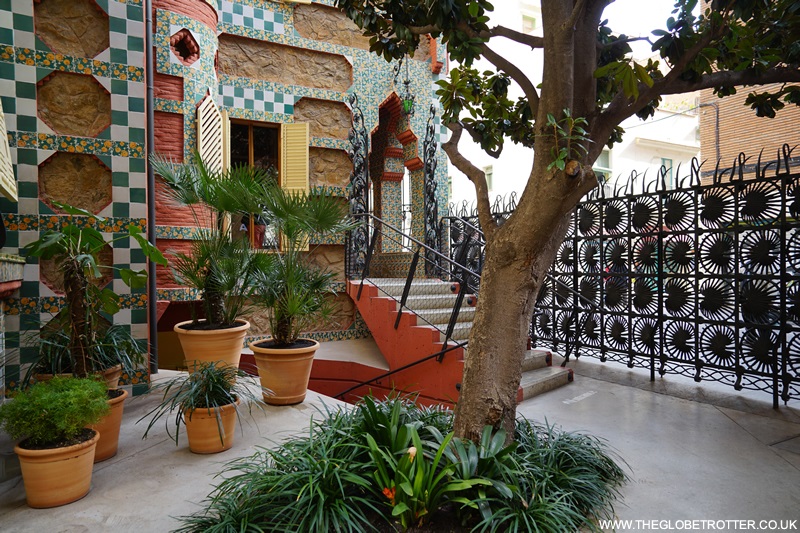

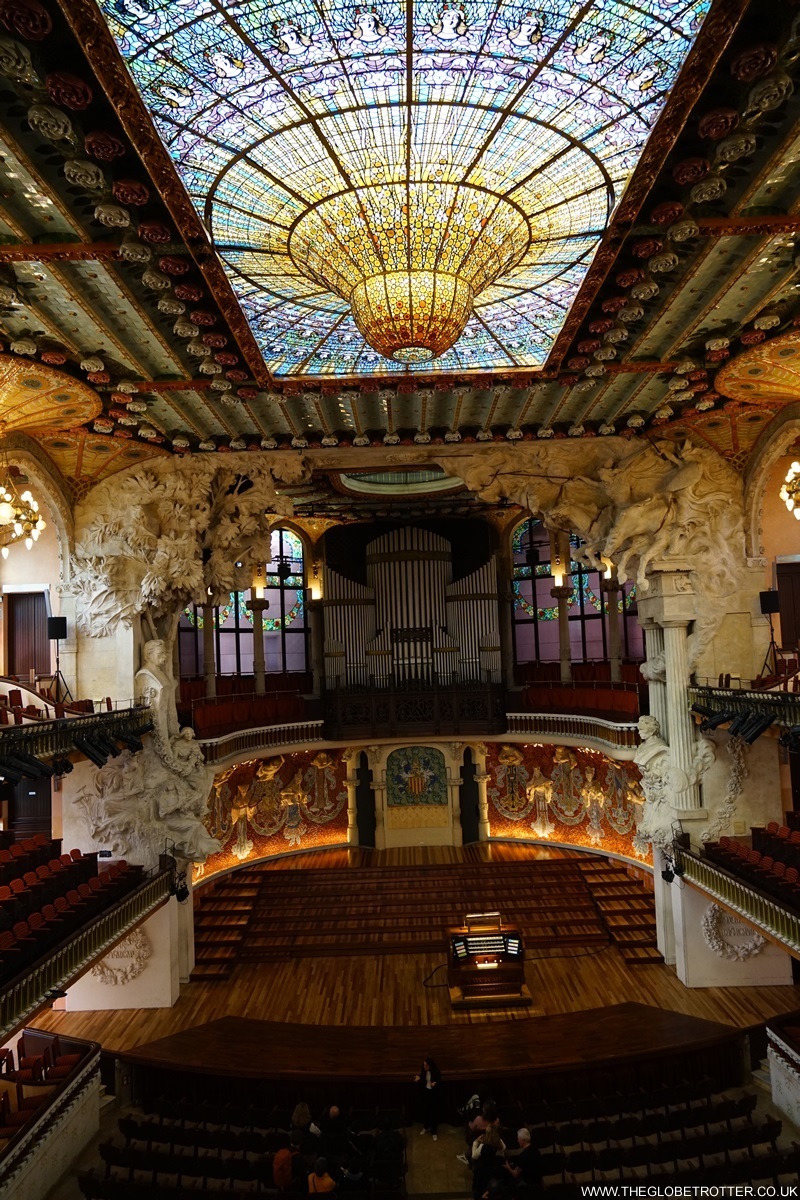
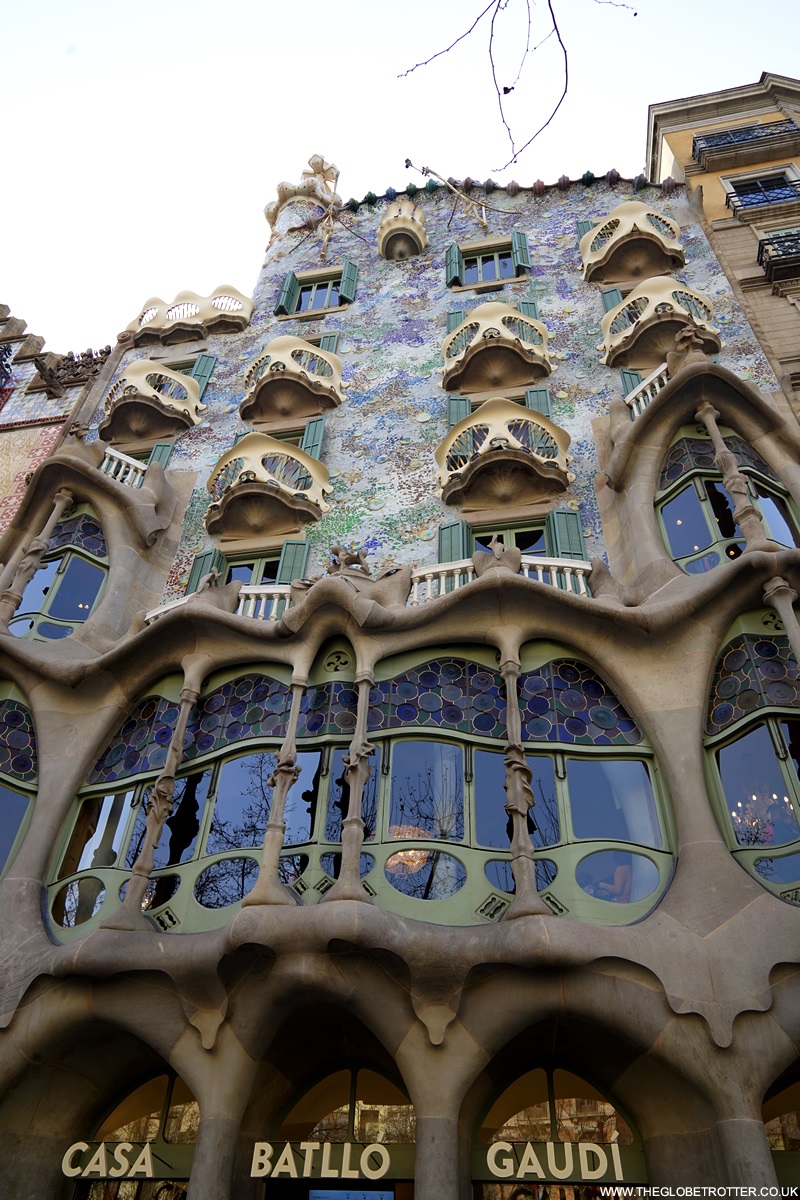
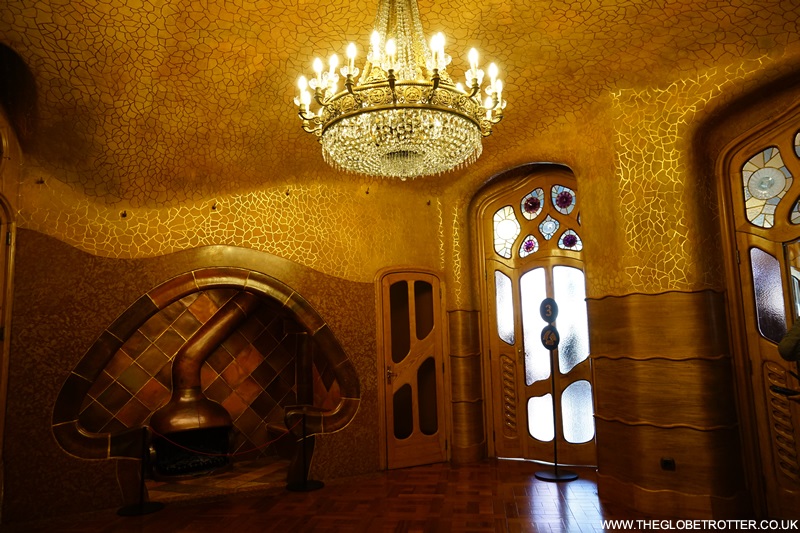
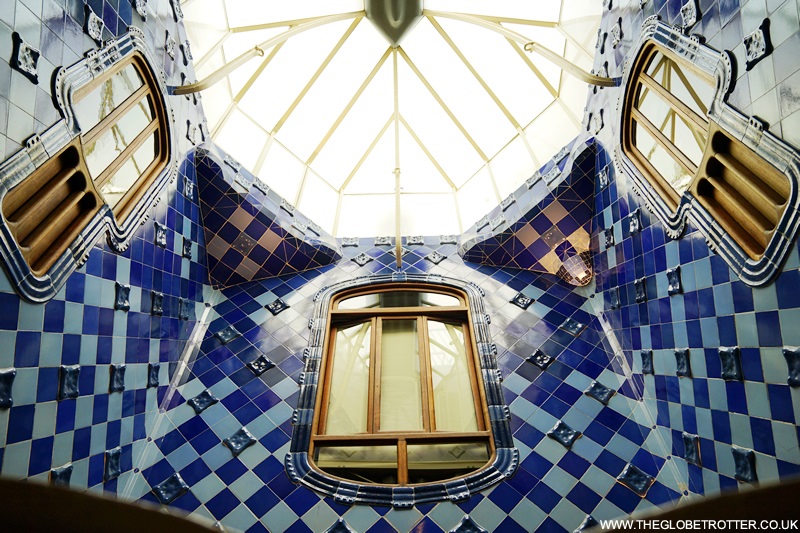

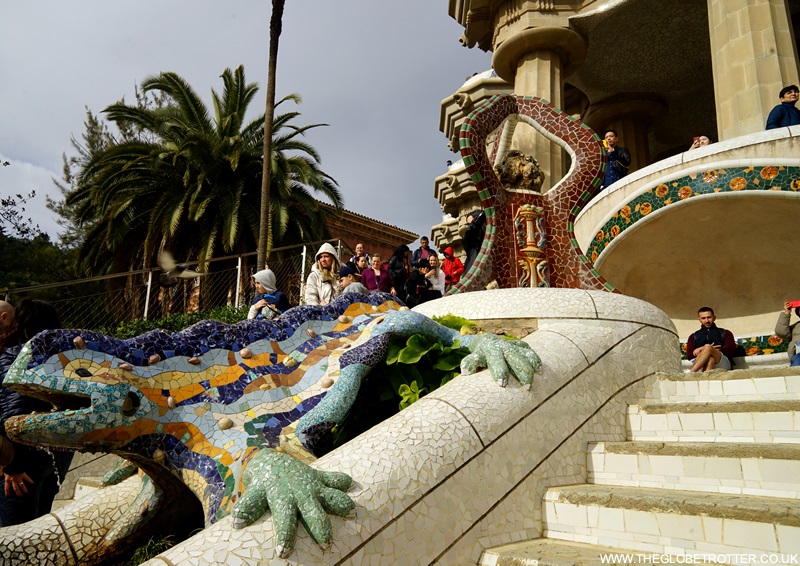
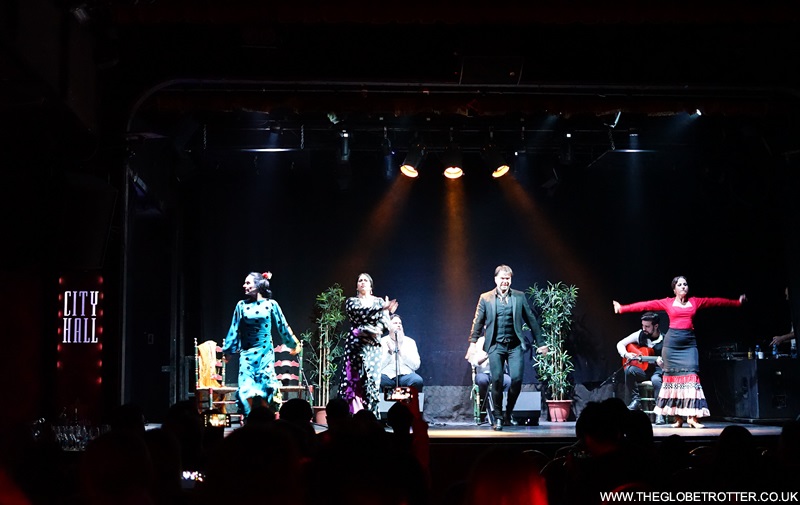
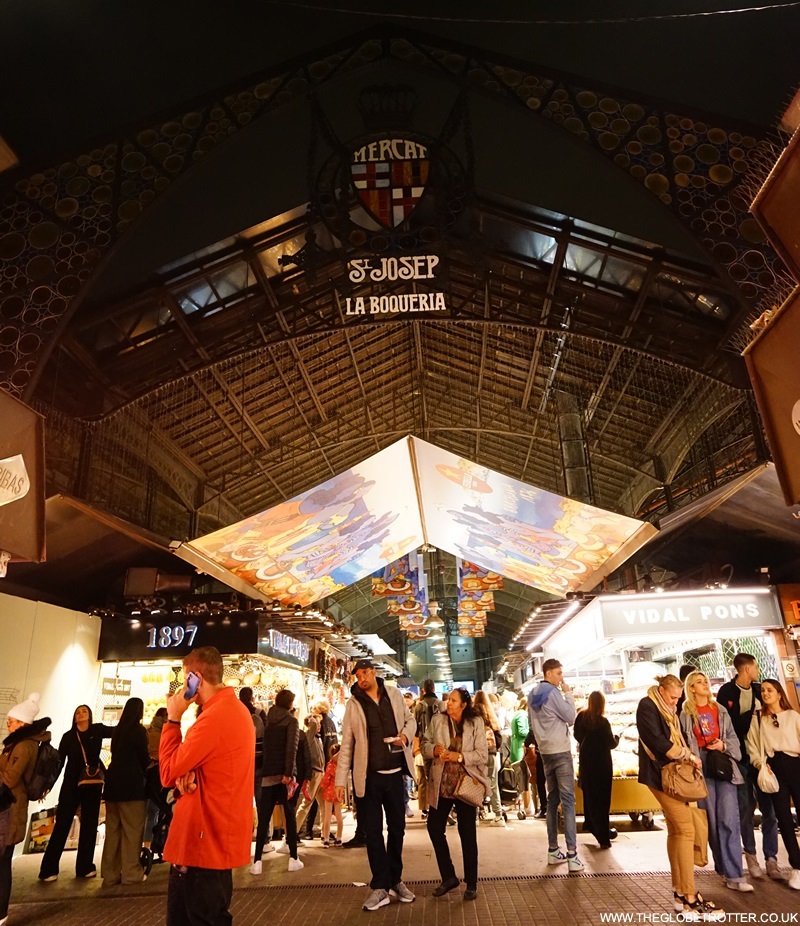
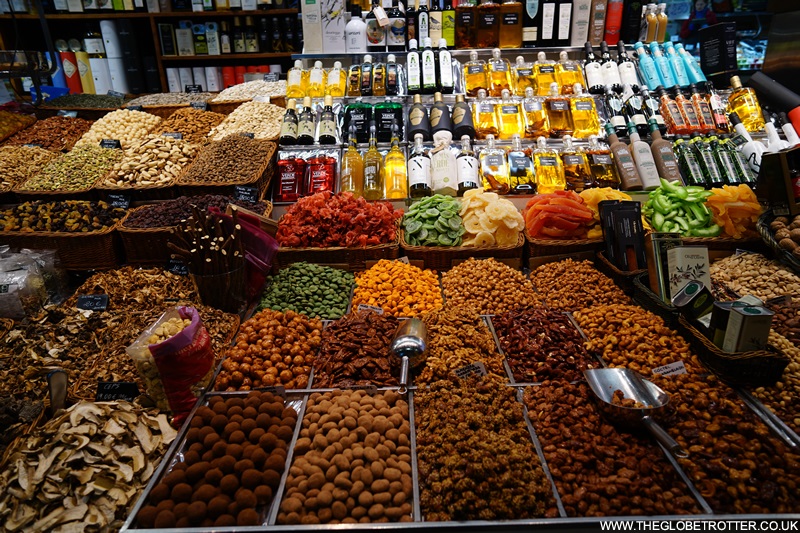

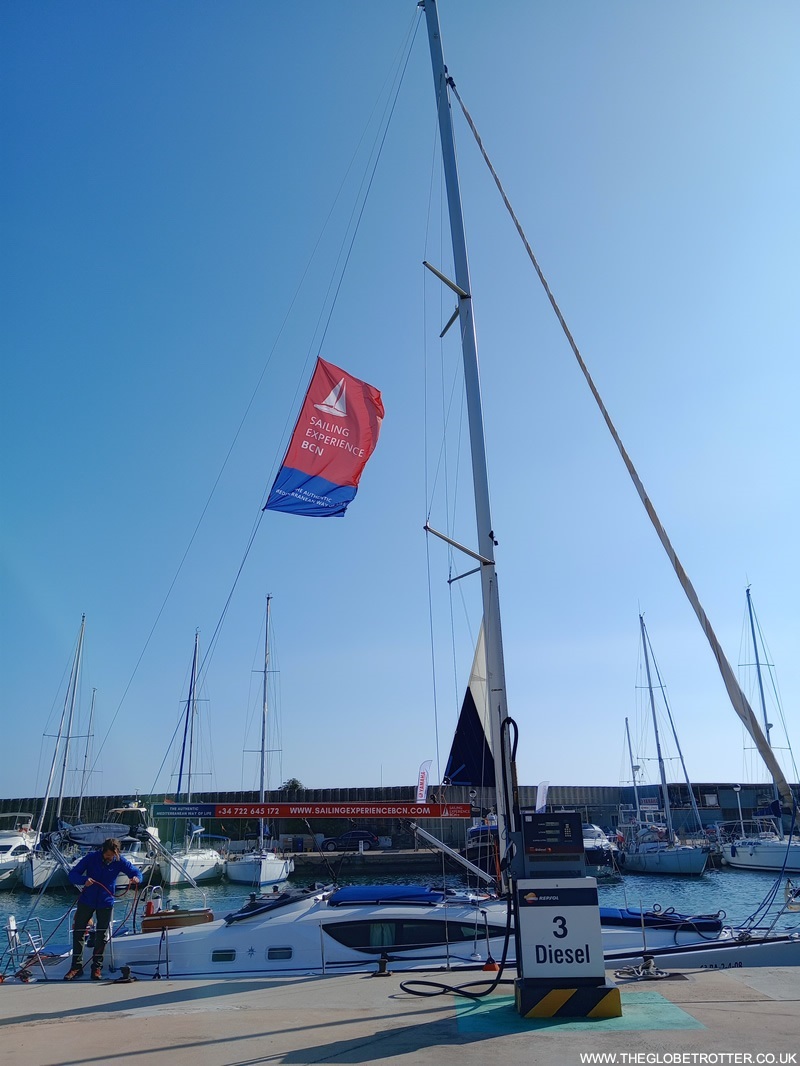
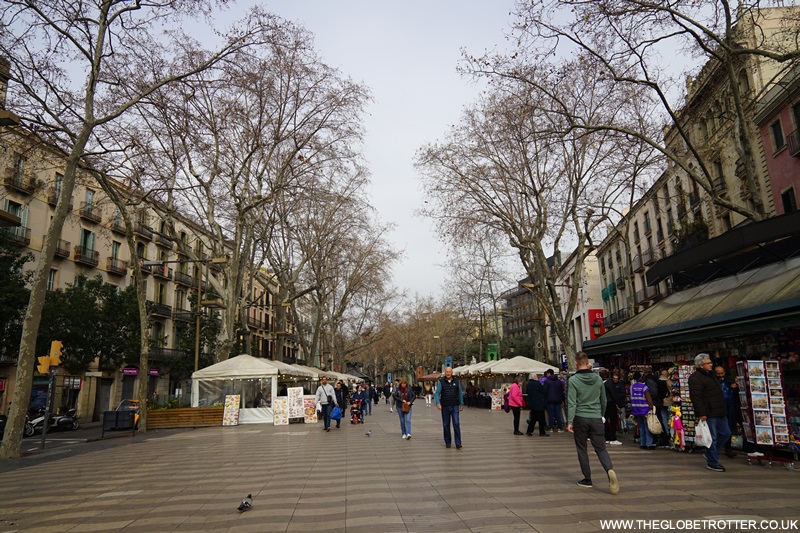






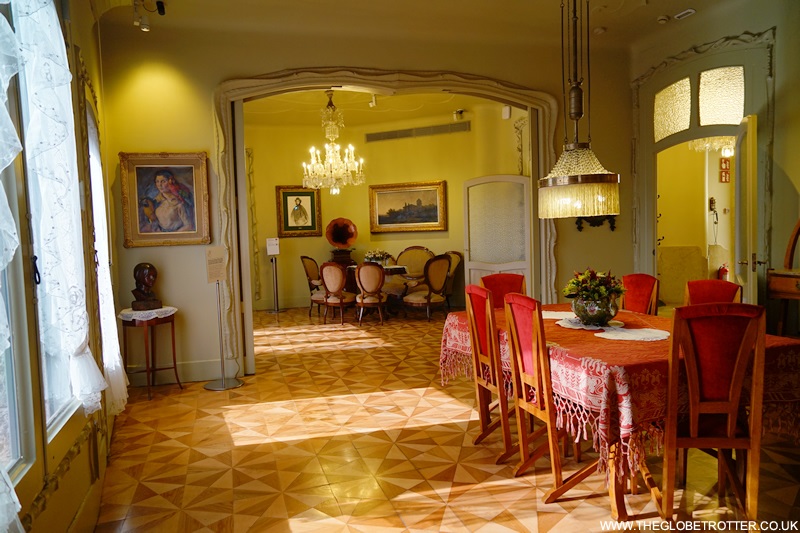
I have not been but would love to xxx
ReplyDeleteI have not been but my son visited whilst travelling and loved it.
ReplyDeleteI've not been but it's on my bucket list xx
ReplyDeleteLove Barcelona - been many times - love the market and flamenco dancers
ReplyDeleteNo, never been but will soon!
ReplyDeleteI enjoyed the cannabis cafes
ReplyDeleteNever been to Barcelona but always wanted to!
ReplyDeleteI have been and recommend the hop on hop off bus to get around. Next I want to see some interiors of the exteriors I have seen
ReplyDeleteI love look of Barcelona,i must go one day
ReplyDeleteI've never been but I think I would love the culture and food the most!
ReplyDeleteI've never been I'm afraid.
ReplyDeleteI've never been but perhaps I should consider it.
ReplyDeleteI love the wine!
ReplyDeleteLooks amazing
ReplyDeleteI have not visited yet but I want to because it looks so beautiful!
ReplyDeleteI have not visited yet but it is on my list of places to visit
ReplyDeleteI have never been but would love to go
ReplyDeleteI've never been lucky enough to visit Barcelona, but would love to watch a flamenco show, try some tasty Spanish dishes, and enjoy the wine.
ReplyDeleteHave been a few times loved going to watch Barcelona vs Juventus in a champions league match and seeing Lionel Messi play.
ReplyDeleteNo, I haven't been yet but definitely planning to visit in the near future
ReplyDelete